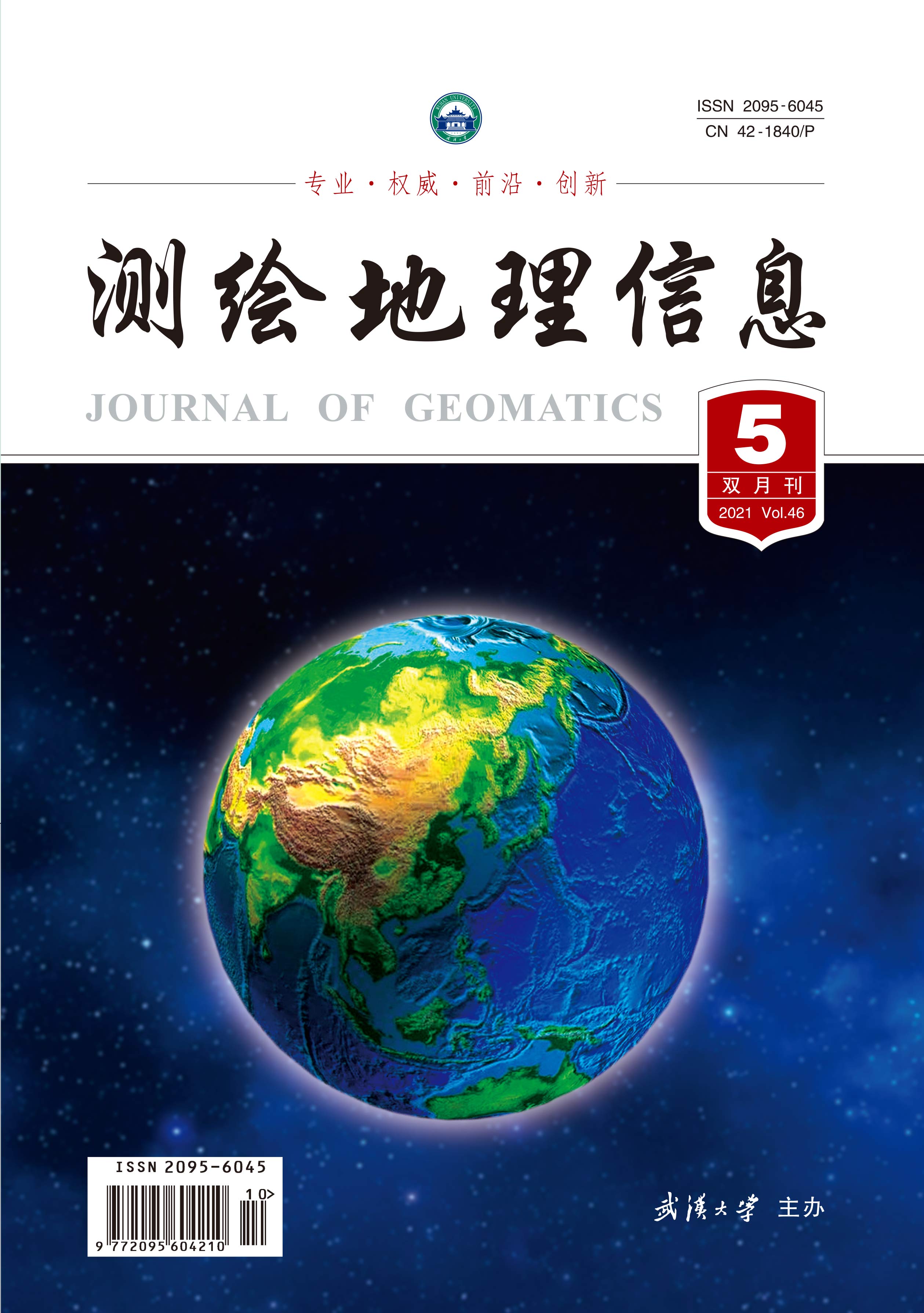A geospatial study of the layout and extent of the eighteenth-century walled city of Hyderabad
Q4 Computer Science
引用次数: 0
Abstract
Hyderabad and Golconda are prominent medieval cities in Deccan India, claiming significant roles in shaping the transformation of the region in the 20th and 21st centuries. This study focuses on defining the contours of Hyderabad’s walled settlement, a fortified structure built around Hyderabad city, the capital of Hyderabad State after the fall of Golconda in 1687. The capital shift to Hyderabad occurred gradually even with the construction of Char Minar in 1591. The city became an important factor to understand the growth of Hyderabad in the Nizam and British eras. The core of the study is based on how different maps of the walled city dating from the 18thc. to 20th c. describe a picture of change in the settlement arena of Hyderabad. These maps signify the areas of development, which can be conjectured in presentday Google Earth. It also compares different maps to bring about the information on built features in the city and georeference them in today’s setting so as to understand the spatial change in the arrangement of the city. The findings of the current work are used to conduct a detailed field survey to check and document remains that still exist and also the condition they are in at present. The study focuses on the sustainable development of a burgeoning urban sprawl of Hyderabad considering the cultural heritage of the area18世纪海得拉巴城墙城市布局和范围的地理空间研究
海德拉巴和戈尔康达是印度德干地区著名的中世纪城市,在20世纪和21世纪塑造该地区的转型中发挥了重要作用。本研究的重点是定义海得拉巴有围墙的定居点的轮廓,这是一个在1687年戈尔康达陷落后在海得拉巴州首府海得拉巴市周围建造的坚固结构。甚至随着1591年查尔米纳尔的建造,首都也逐渐转移到海德拉巴。这座城市成为了解海德拉巴在尼扎姆和英国时代发展的一个重要因素。这项研究的核心是基于18世纪城墙城市的不同地图。描述一幅海得拉巴定居点变化的画面。这些地图显示了发展的区域,这些区域可以在今天的地球上推测出来。通过对不同地图的对比,得出城市建筑特征的信息,并在今天的背景下进行地理参考,从而了解城市布局的空间变化。目前工作的结果用于进行详细的实地调查,以检查和记录仍然存在的遗骸以及它们目前的状况。该研究的重点是考虑到该地区的文化遗产,海德拉巴迅速扩张的城市的可持续发展
本文章由计算机程序翻译,如有差异,请以英文原文为准。
求助全文
约1分钟内获得全文
求助全文
来源期刊

测绘地理信息
Earth and Planetary Sciences-Earth-Surface Processes
CiteScore
0.20
自引率
0.00%
发文量
4458
期刊介绍:
 求助内容:
求助内容: 应助结果提醒方式:
应助结果提醒方式:


